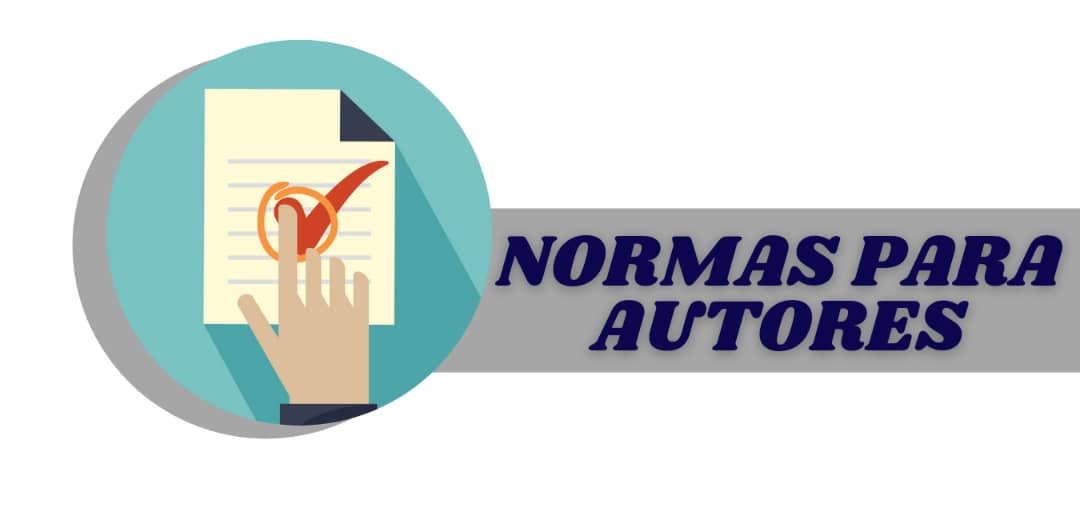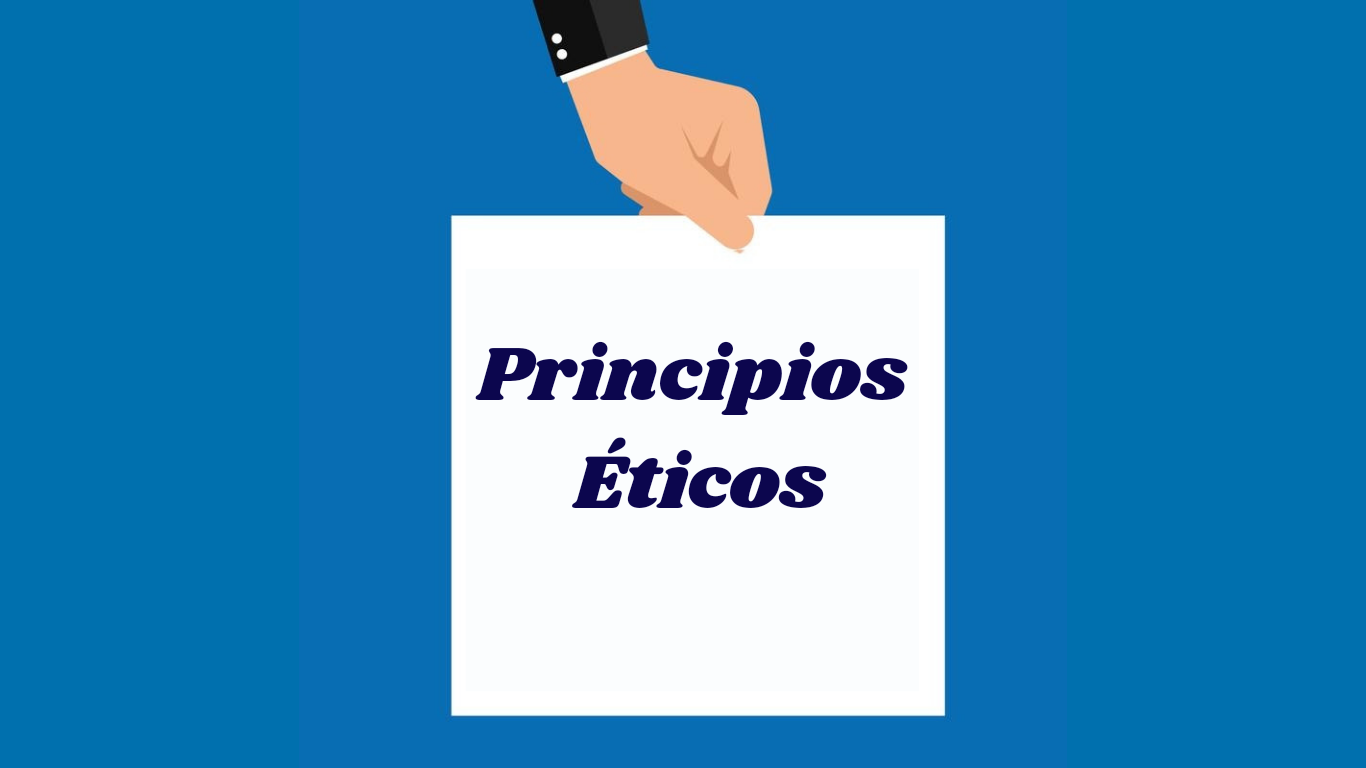Hipotermia como alternativa terapéutica
Texto completo:
PDFResumen
La hipotermia terapéuticaconsiste en mantener una temperatura corporal específica por un período determinado y está dirigida a reducir las secuelas de laisquemiaen el sistema nervioso. En este trabajo se exponen los mecanismos del daño celular inducido por la isquemia y se describenlos procesos bioquímicos en los que incide el efecto de la hipotermia. Se revisaron 43 artículos indexados en PubMed. Los objetivos de este trabajo se dirigen adescribir los efectos beneficiosos de la hipotermia terapéutica en el contexto de la respiración celular afectada por el evento isquémico, y a describir, desde un punto de vista molecular, el efecto neuroprotector de la hipotermia. La comprensión de los elementos asociados al beneficio de la hipotermia terapéutica permite integrar conocimientos de las ciencias básicas con situaciones clínicas y contribuye a incentivar el aprendizaje significativo en estudiantes de medicina.
Palabras clave
Referencias
Referencias bibliográficas
(1) Alzaga AG, Cerdan M, Varon J. Therapeutic hypothermia. Resuscitation 2006 Sep;70(3):369-80.
(2) Zeiner A, Holzer M, Sterz F, Behringer W, Schorkhuber W, Mullner M, et al. Mild resuscitative hypothermia to improve neurological outcome after cardiac arrest. A clinical feasibility trial. Hypothermia After Cardiac Arrest (HACA) Study Group. Stroke 2000 Jan;31(1):86-94.
(3) Henderson AR. Cold--man's assiduous remedy. Med Ann Dist Columbia 1971 Sep;40(9):583-8.
(4) Remba SJ, Varon J, Rivera A, Sternbach GL. Dominique-Jean Larrey: the effects of therapeutic hypothermia and the first ambulance. Resuscitation 2010 Mar;81(3):268-71.
(5) Bernard SA, Buist M. Induced hypothermia in critical care medicine: a review. Crit Care Med 2003 Jul;31(7):2041-51.
(6) BIGELOW WG, McBIRNIE JE. Further experiences with hypothermia for intracardiac surgery in monkeys and groundhogs. Ann Surg 1953 Mar;137(3):361-5.
(7) Bernard SA, Gray TW, Buist MD, Jones BM, Silvester W, Gutteridge G, et al. Treatment of comatose survivors of out-of-hospital cardiac arrest with induced hypothermia. N Engl J Med 2002 Feb 21;346(8):557-63.
(8) Mild therapeutic hypothermia to improve the neurologic outcome after cardiac arrest. N Engl J Med 2002 Feb 21;346(8):549-56.
(9) Georgiadis D, Schwab S. Hypothermia in Acute Stroke. Curr Treat Options Neurol 2005 Mar;7(2):119-27.
(10) Himmelseher S, Werner C. [Therapeutic hypothermia after traumatic brain injury or subarachnoid hemorrhage. Current practices of German anaesthesia departments in intensive care]. Anaesthesist 2004 Dec;53(12):1168-76.
(11) Karibe H, Sato K, Shimizu H, Tominaga T, Koshu K, Yoshimoto T. Intraoperative mild hypothermia ameliorates postoperative cerebral blood flow impairment in patients with aneurysmal subarachnoid hemorrhage. Neurosurgery 2000 Sep;47(3):594-9.
(12) Urbano LA, Oddo M. Therapeutic hypothermia for traumatic brain injury. Curr Neurol Neurosci Rep 2012 Oct;12(5):580-91.
(13) Jacob S, Khan A, Jacobs ER, Kandiah P, Nanchal R. Prolonged hypothermia as a bridge to recovery for cerebral edema and intracranial hypertension associated with fulminant hepatic failure. Neurocrit Care 2009;11(2):242-6.
(14) Galvao TF, Silva MT, Marques MC, de Oliveira ND, Pereira MG. Hypothermia for perinatal brain hypoxia-ischemia in different resource settings: a systematic review. J Trop Pediatr 2013 Dec;59(6):453-9.
(15) Dietrich WD, Atkins CM, Bramlett HM. Protection in animal models of brain and spinal cord injury with mild to moderate hypothermia. J Neurotrauma 2009 Mar;26(3):301-12.
(16) Yenari MA, Han HS. Neuroprotective mechanisms of hypothermia in brain ischaemia. Nat Rev Neurosci 2012 Apr;13(4):267-78.
(17) Dietrich WD, Bramlett HM. The evidence for hypothermia as a neuroprotectant in traumatic brain injury. Neurotherapeutics 2010 Jan;7(1):43-50.
(18) Varon J, Marik PE, Einav S. Therapeutic hypothermia: a state-of-the-art emergency medicine perspective. Am J Emerg Med 2012 Jun;30(5):800-10.
(19) Shuaib A, Hussain MS. The past and future of neuroprotection in cerebral ischaemic stroke. Eur Neurol 2008;59(1-2):4-14.
(20) Fisher M. The ischemic penumbra: identification, evolution and treatment concepts. Cerebrovasc Dis 2004;17 Suppl 1:1-6.
(21) Kaushal V, Schlichter LC. Mechanisms of microglia-mediated neurotoxicity in a new model of the stroke penumbra. J Neurosci 2008 Feb 27;28(9):2221-30.
(22) Woodruff TM, Thundyil J, Tang SC, Sobey CG, Taylor SM, Arumugam TV. Pathophysiology, treatment, and animal and cellular models of human ischemic stroke. Mol Neurodegener 2011;6(1):11-29.
(23) Lo EH, Rosenberg GA. The neurovascular unit in health and disease: introduction. Stroke 2009 Mar;40(3 Suppl):S2-S3.
(24) Cheng YD, Al-Khoury L, Zivin JA. Neuroprotection for Ischemic Stroke: Two Decades of Successand Failure. The Journal of the American Society for Experimental NeuroTherapeutics 2004;1:36-45.
(25) Lo EH, Dalkara T, Moskowitz MA. Mechanisms, Challenges and Opportunities in Stroke. Nature Reviews Neuroscience 2003;4:399-415.
(26) Green AR, Shuaib A. Therapeutic strategies for the treatment of stroke. Drug Discov Today 2006 Aug;11(15-16):681-93.
(27) Cavallucci V, D'Amelio M. Matter of life and death: the pharmacological approaches targeting apoptosis in brain diseases. Curr Pharm Des 2011;17(3):215-29.
(28) Cho S, Liu D, Gonzales C, Zaleska MM, Wood A. Temporal assessment of caspase activation in experimental models of focal and global ischemia. Brain Research 2003;982:146-55.
(29) Zhao H, Shimohata T, Wang JQ, Sun G, Schaal DW, Sapolsky RM, et al. Akt contributes to neuroprotection by hypothermia against cerebral ischemia in rats. J Neurosci 2005 Oct 19;25(42):9794-806.
(30) Macrez R, Ali C, Toutirais O, Le MB, Defer G, Dirnagl U, et al. Stroke and the immune system: from pathophysiology to new therapeutic strategies. Lancet Neurol 2011 May;10(5):471-80.
(31) Al-Bahrani A, Taha S, Shaath H, Bakhiet M. TNF-alpha and IL-8 in acute stroke and the modulation of these cytokines by antiplatelet agents. Curr Neurovasc Res 2007 Feb;4(1):31-7.
(32) Castillo J, Rodríguez I. Biochemical Changes and Inflammatory Response as Markers for Brain Ischaemia: Molecular Markers of Diagnostic Utility and Prognosis in Human Clinical Practice. Cerebrovascular Diseases 2004;17(suppl 1):7-18.
(33) Traystman RJ. Neuroprotection: introduction. Stroke 2010 Oct;41(10 Suppl):S63.
(34) Tang XN, Yenari MA. Hypothermia as a cytoprotective strategy in ischemic tissue injury. Ageing Res Rev 2010 Jan;9(1):61-8.
(35) van der Worp HB, Macleod MR, Bath PM, Demotes J, Durand-Zaleski I, Gebhardt B, et al. EuroHYP-1: European multicenter, randomized, phase III clinical trial of therapeutic hypothermia plus best medical treatment vs. best medical treatment alone for acute ischemic stroke. Int J Stroke 2014 Jul;9(5):642-5.
(36) Wang H, Wang B, Normoyle KP, Jackson K, Spitler K, Sharrock MF, et al. Brain temperature and its fundamental properties: a review for clinical neuroscientists. Front Neurosci 2014;8:307.
(37) Fohlmeister JF, Cohen ED, Newman EA. Mechanisms and distribution of ion channels in retinal ganglion cells: using temperature as an independent variable. J Neurophysiol 2010 Mar;103(3):1357-74.
(38) Colbourne F, Grooms SY, Zukin RS, Buchan AM, Bennett MV. Hypothermia rescues hippocampal CA1 neurons and attenuates down-regulation of the AMPA receptor GluR2 subunit after forebrain ischemia. Proc Natl Acad Sci U S A 2003 Mar 4;100(5):2906-10.
(39) Soto-Ruiz KM, Varon J. Resuscitation great. George W. Crile: a visionary mind in resuscitation. Resuscitation 2009 Jan;80(1):6-8.
(40) Zgavc T, De GD, Ceulemans AG, Stoop W, Hachimi-Idrissi S, Michotte Y, et al. Mild hypothermia reduces activated caspase-3 up to 1 week after a focal cerebral ischemia induced by endothelin-1 in rats. Brain Res 2013 Mar 21;1501:81-8.
(41) Zhao H, Yenari MA, Cheng D, Sapolsky RM, Steinberg GK. Biphasic cytochrome c release after transient global ischemia and its inhibition by hypothermia. J Cereb Blood Flow Metab 2005 Sep;25(9):1119-29.
(42) Jia G, Wang Q, Wang R, Deng D, Xue L, Shao N, et al. Tubeimoside-1 induces glioma apoptosis through regulation of Bax/Bcl-2 and the ROS/Cytochrome C/Caspase-3 pathway. Onco Targets Ther 2015;8:303-11.
(43) Bi Y, Huan Y, Cai W, Wang X, Liang Z, Liu Z, et al. Mild hypothermia in combination with minimally invasive evacuation of hematoma reduces inflammatory damage in patients via the nuclear factor-kappaB pathway. Exp Ther Med 2014 Dec;8(6):1717-22.
(44) Bisschops L, van der Hoeven JG, Mollnes TE, Hoedemaekers C. Seventy-two hours of mild hypothermia after cardiac arrest is associated with a lowered inflammatory response during rewarming in a prospective observational study. Crit Care 2014 Oct 11;18(5):546.
(45) Slotman GJ, Jed EH, Burchard KW. Adverse effects of hypothermia in postoperative patients. Am J Surg 1985 Apr;149(4):495-501.
(46) Simbruner G, Haberl C, Harrison V, Linley L, Willeitner AE. Induced brain hypothermia in asphyxiated human newborn infants: a retrospective chart analysis of physiological and adverse effects. Intensive Care Med 1999 Oct;25(10):1111-7.
(47) Thoresen M. Supportive care during neuroprotective hypothermia in the term newborn: adverse effects and their prevention. Clin Perinatol 2008 Dec;35(4):749-63, vii.
Enlaces refback
- No hay ningún enlace refback.
Copyright (c) 2017 16 de Abril





